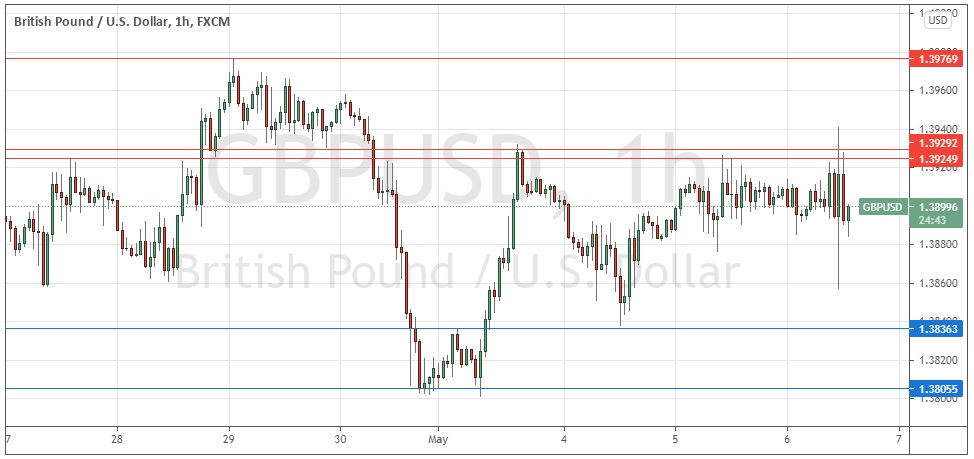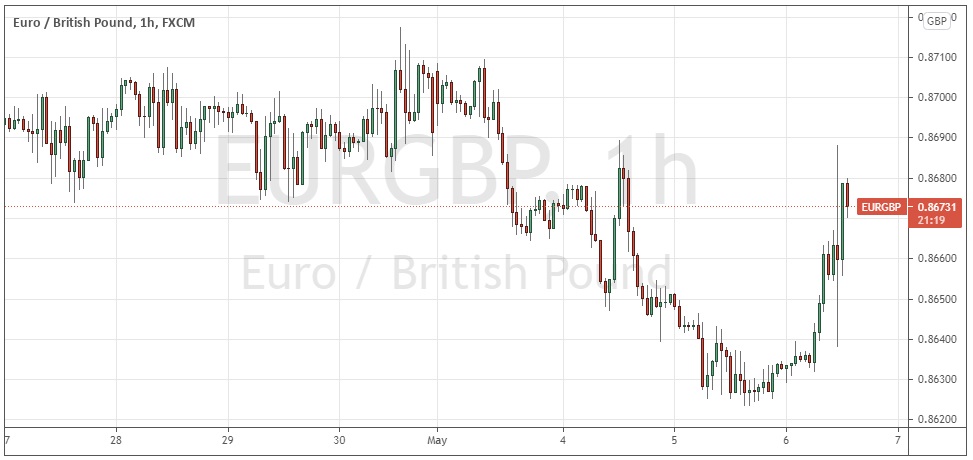British Interest Rates on Hold
The Bank surprised nobody by deciding to leave its base interest rate unchanged at the historically low level of 0.10%. The nine-member monetary policy committee (MPC) responsible for making the decision voted unanimously for the rate freeze, and this had also been expected by the consensus forecast.
U.K. Asset Purchase Facility
The MPC voted 8 to 1 to maintain its asset purchase programme at £895bn, including buying up to £875bn of government bonds. However, the pace of the bond-buying program will be slowed between May and August. The consensus forecast had been that this decision would be unanimous, but one member voted to lower the expenditure, which would represent a tightening of monetary policy.
British GDP Forecast
The most dramatic part of today’s release was the Bank’s hefty upgrade to its forecast for British GDP growth for 2021. This stood at 5% in February but has now been raised to 7.25%. If the forecast becomes a reality, it will represent the strongest economic growth seen in the U.K. for 80 years.
The Bank expects the British economy to recover to pre-coronavirus shock levels during the fourth quarter of 2021. GDP fell by 9.8% in 2020.
It is worth noting that the Bank’s forecast is more bullish than the forecasts we are seeing from most analysts including major banks and finance houses.
U.K. Inflation Forecast
The specter of resurgent inflation has haunted economists over recent months, and the Bank admits that it expects inflation to overshoot its 2% target by the end of 2021, due mostly to rising energy and raw material costs, before settling back at 2%.
U.K. Unemployment Forecast
The Bank expects that the unemployment rate will not exceed 5.5% this year and will be falling by 2022.
Impact on the British Pound
The Bank’s policy release and subsequent press conference has had only a limited effect upon the exchange rate of the British pound. In the key GBP/USD currency pair, after an initial small volatility spike, the price has continued to consolidate below the key resistance level at 1.3929.
The exchange rate against the U.K.’s other major trading partner, the European Union, saw a small drop in the value of the pound, but nothing very significant.
What Does This Mean for Traders?
Superficially, the raising of the Bank of England’s forecast for GDP and inflation could be read as fundamentally bullish, as it would naturally lead towards a tighter monetary policy. However, I cannot take this view, as the central banks of most developed nations are also raising their forecasts, so what we are seeing here from the U.K. is nothing special. The only major currency whose fundamentals do make it stand out is Canada, which is one reason why the Loonie is so strong. Today’s news on the British pound should not be taken too seriously, but it likely to tend towards making the pound a little stronger rather than weaker.



